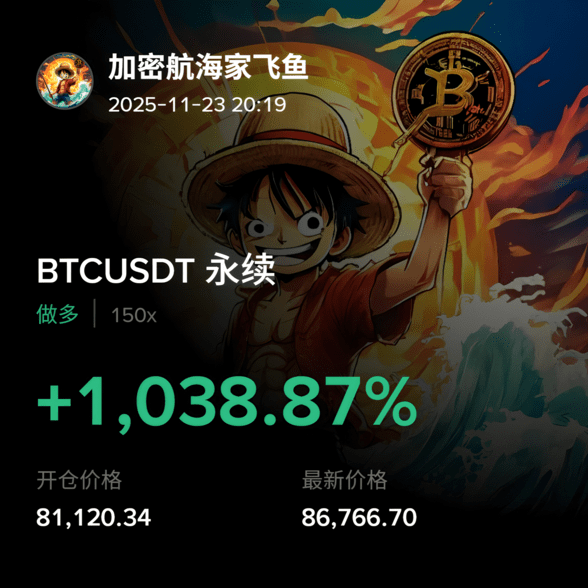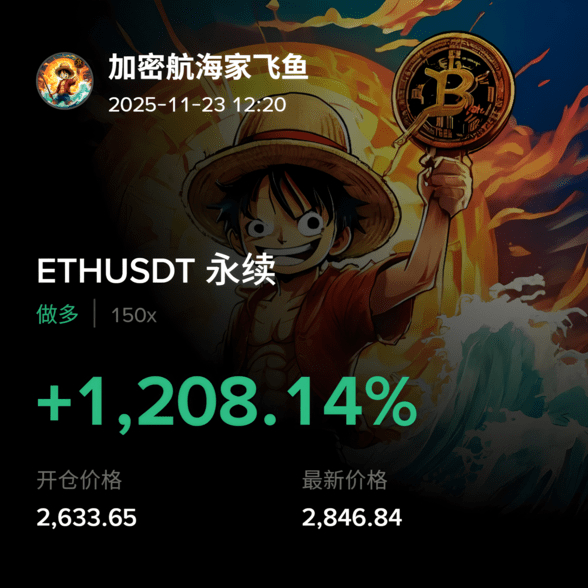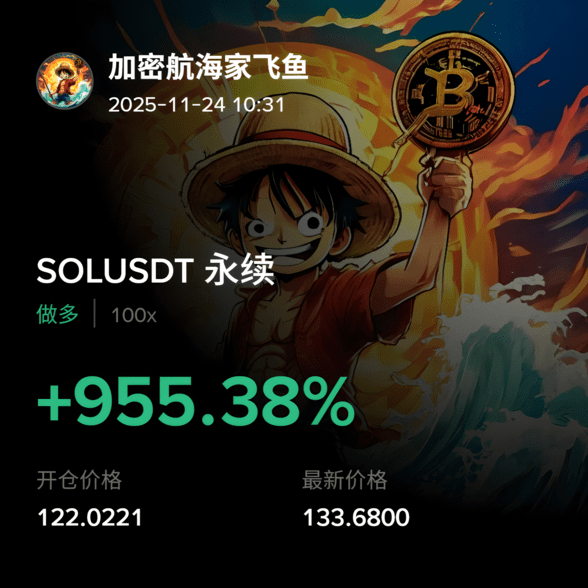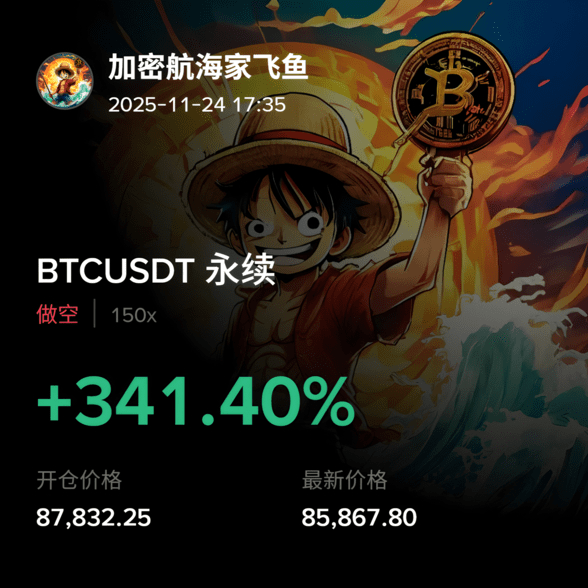

Goldman Sachs clearly predicts in its latest research report released on November 24, 2025, that the Federal Reserve will implement a rate cut at its December meeting, lowering rates to just above 3%. The bank's chief economist, Jan Hatzius, pointed out that despite the September non-farm payroll report showing an addition of 119,000 jobs, the increasing signs of layoffs indicate that the weakness in the labor market may be solidifying, which will limit the strength of economic growth. Goldman Sachs believes that the slowing inflation and cooling labor market provide room for the Federal Reserve to further ease monetary policy.

🔍 Core rationale predicted by Goldman Sachs
Goldman Sachs's judgment on the December rate cut is primarily based on its in-depth analysis of inflation and the labor market.
• Inflation continues to slow: Goldman Sachs believes the underlying inflation rate has dropped to near the Federal Reserve's target level of 2%. Although factors such as tariffs have a temporary effect on inflation, these effects are expected to end around mid-2026, when inflation will further decline.

• Concerns about the labor market: Goldman Sachs warns that downward risks in the labor market are accumulating. Although the September non-farm payroll data appears strong, the underlying trend of job growth is weak, and alternative indicators show signs of increased layoffs recently. In particular, the labor group with college education is experiencing employment deterioration, which may have a disproportionately negative impact on consumption.
📉 Market expectations and divergence within the Federal Reserve
Although Goldman Sachs has a clear stance, there remains significant divergence in the market regarding whether to lower rates in December, reflecting the uncertainty in the economic outlook.
• Market expectation volatility: According to CME FedWatch data, the market's probability forecast for a 25 basis point rate cut by the Federal Reserve in December has experienced significant volatility in the short term, rising from below 40% to 71% at one point. This indicates that market sentiment is greatly influenced by officials' speeches and economic data.

• Divergence within the Federal Reserve: There is a significant divide within the Federal Reserve regarding whether to continue lowering interest rates in December. For example, Boston Fed President Collins believes there is no urgent need to lower rates at the moment, while voting New York Fed President Williams has made dovish remarks supporting the idea that 'recent rate cuts are reasonable,' which further exacerbates the uncertainty of the policy path.
🌐 Potential market impact
If Goldman Sachs's prediction comes true, namely that the Federal Reserve continues its rate-cutting pace in December and 2026, it may have the following impacts on the market:
• U.S. stocks and interest rate environment: Rate cuts typically help lower corporate financing costs, potentially providing support for the stock market, especially for growth stocks. Goldman Sachs expects that by mid-2026, the Federal Reserve will have completed a substantial easing cycle, with interest rates significantly below peak levels.
• The dollar and related assets: The rate cut cycle may exert some pressure on the dollar exchange rate. Meanwhile, a loosening of the financial environment may help stabilize corporate borrowing costs and household credit flows.
💎 Summary
Goldman Sachs has predicted that the Federal Reserve will lower rates in December based on its assessment that the trend of slowing inflation will continue and that there are downward risks in the labor market. However, the divergence within the Federal Reserve regarding the economic outlook and policy path, the absence of key economic data, and changes in the external economic environment all add uncertainty to the December meeting. Investors should closely monitor the upcoming economic data and speeches from Federal Reserve officials while considering predictions from institutions like Goldman Sachs to make prudent judgments.

